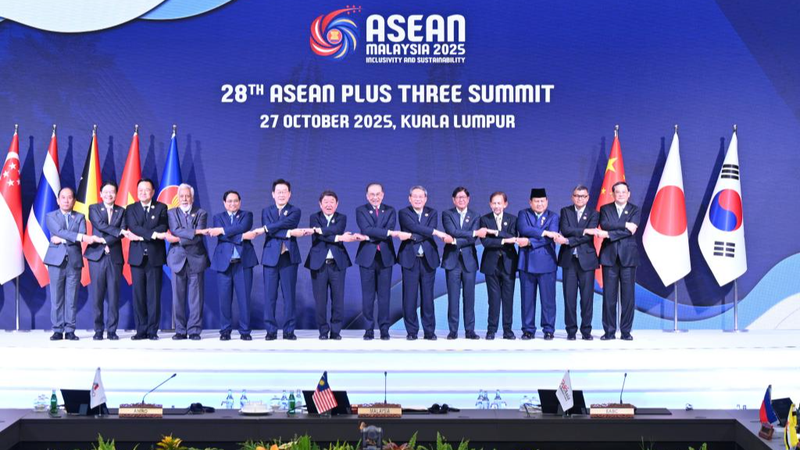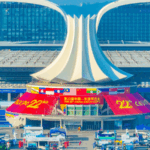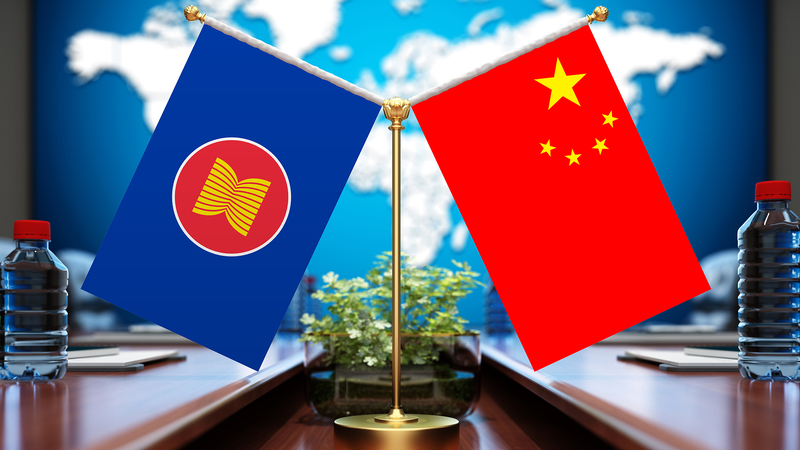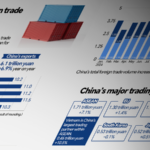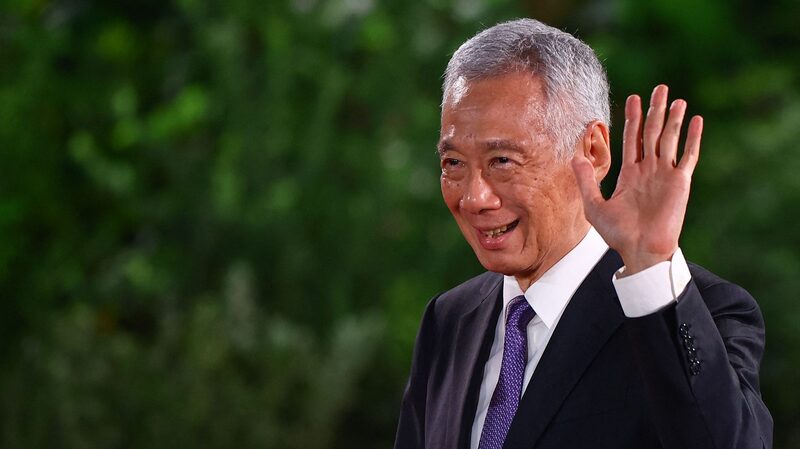Chinese and ASEAN leaders convened in Kuala Lumpur this week to finalize a landmark upgrade to their free trade partnership, signaling renewed momentum for regional integration amid global economic headwinds. The CAFTA 3.0 Upgrade Protocol, set for formal signing this year, aims to deepen economic collaboration between the world's second-largest economy and Southeast Asia's 10-nation bloc.
Since its establishment in 2010, the China-ASEAN Free Trade Area has transformed bilateral relations, with trade volume skyrocketing from under $8 billion in 1991 to nearly $1 trillion in 2024. The partnership now accounts for 20% of Asia's total merchandise trade, according to recent customs data.
Chinese Premier Li Qiang emphasized the strategic importance of the alliance during the RCEP Leaders' Meeting: "Our cooperation demonstrates how open regionalism can drive shared prosperity. We remain committed to supporting ASEAN's central role in maintaining regional economic stability."
From Rice to Railways: A Partnership in Action
The upgraded agreement builds on tangible successes:
- Bilateral trade reached 5.57 trillion yuan ($785 billion) in Q1-Q3 2024, up 9.6% year-on-year
- ASEAN exports to China grew 12% annually since 2020
- Over 3,000 Chinese-backed infrastructure projects completed region-wide
Iconic developments like the Jakarta-Bandung High-Speed Railway and China-Laos Railway have reduced logistics costs by an average of 18% along key trade corridors. Meanwhile, Cambodian rice exports to China tripled since 2022, while Chinese NEV sales in ASEAN markets grew 140% last year.
As the partnership enters its fourth decade, analysts highlight its evolving focus on digital economy collaboration and green energy transition – key areas expected to dominate the CAFTA 3.0 agenda.
Reference(s):
China, ASEAN join hands to write new chapter in regional integration
cgtn.com
